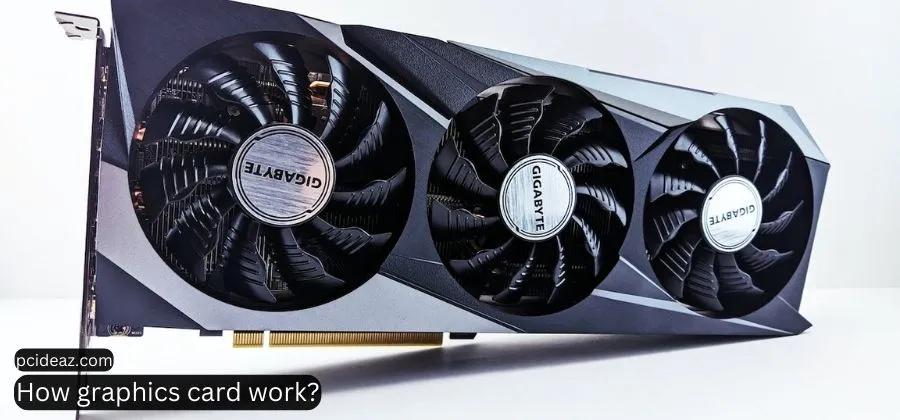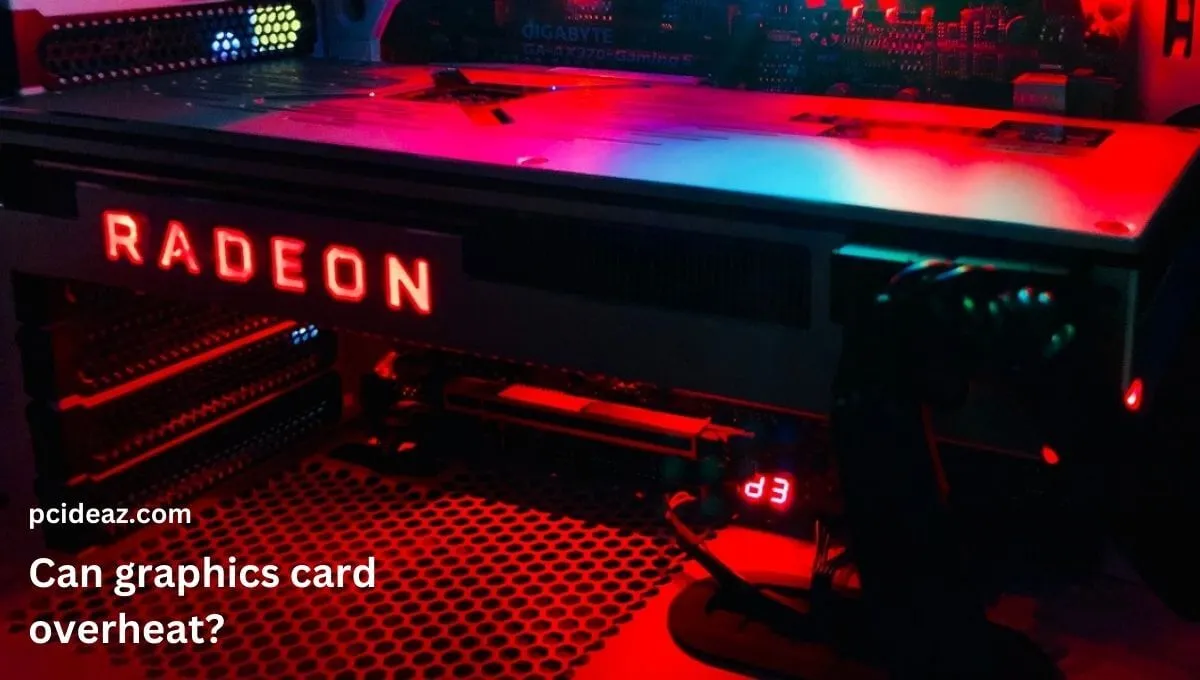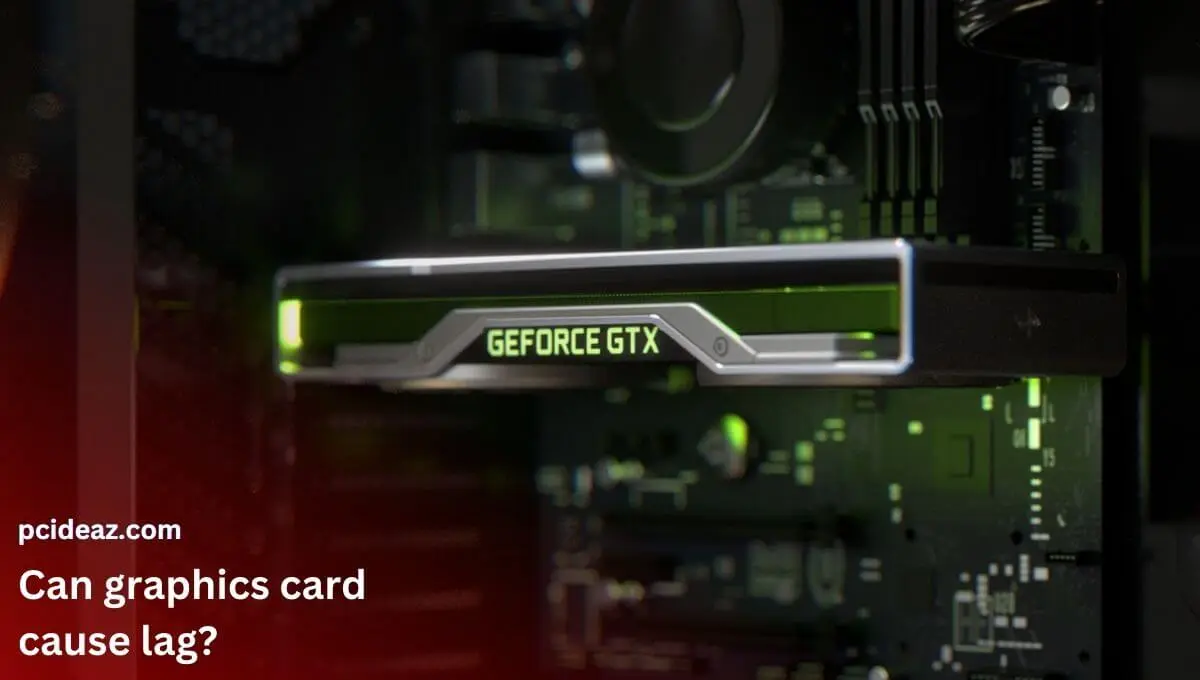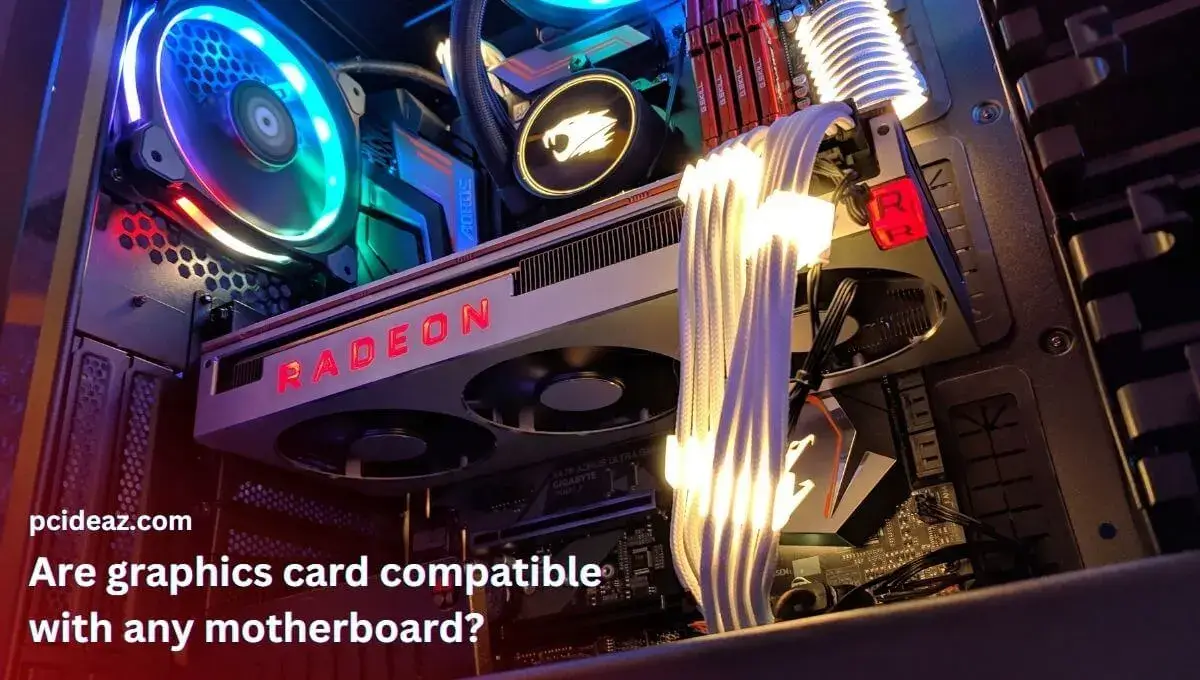The question of whether or not graphics cards can be upgraded in laptops is common among computer enthusiasts and gamers. While upgrading the graphics card in a desktop computer is relatively straightforward, the same cannot be said for laptops. Laptops have more limited space, cooling, and power supply capabilities, making upgrading the graphics card challenging. Additionally, many laptops are not designed with upgradeability in mind, making it difficult or impossible to replace the graphics card.
In this article, we will explore the various factors involved in upgrading the graphics card in a laptop, including the technical considerations, the cost, and the potential benefits. Suppose you can upgrade the graphics on your laptops. In such a case, we will cover all the factors you remember to do everything right. Keep reading to learn the answers to these and other related topics and gain a better knowledge of laptop graphics hardware. So let’s get started!
Key Takeaways
- It’s possible to get better graphics on your laptop by using eGPU, GPU dock, etc.
- There are some other ways, too, to upgrade the graphics on a laptop and enjoy playing your favorite games.
Can graphics card be upgraded in laptop?
The short answer is yes, but it depends on the laptop model, manufacturer, and a few other specifications. Some laptops can upgrade their graphics card, but most laptops have the graphics card soldered onto the motherboard, making it impossible to upgrade the graphics card. It’s best to check the specifications of your specific laptop model or consult with the manufacturer to confirm whether it is possible to upgrade the graphics card.
Although a few laptops let you upgrade the graphics (not all), it’s not recommended since it takes time, effort, and a lot of money. Modern laptops aren’t made with this kind of capacity in mind, even if there isn’t an iGPU built into the laptop’s CPU. Does that mean that if you’re a laptop user who wants greater graphics power, you’re out of luck? Not necessary, especially if your laptop can connect to an external GPU dock through Thunderbolt 3 or 4 connectors.
How to upgrade graphics on a laptop?
Depending upon certain conditions, there are multiple ways to get new graphics on your laptop. Those possible methods are as follows:
Method 1: Buy a new laptop.
The first, easiest, and recommended way to upgrade the graphics on a laptop is by buying a new laptop with more powerful graphics. Purchasing a new laptop with better graphics capabilities than your current one can upgrade the graphics performance. When you buy a new laptop, you can choose one with a more powerful graphics card, improving your graphics performance. Additionally, new laptops may come with newer technology, such as ray tracing, which can improve the quality of the graphics.
Method 2: Using an eGPU or a GPU dock.
You can use a complete desktop GPU with your laptop when using a laptop GPU dock through a suitable Thunderbolt cable and docking station. But for this, you must confirm that your laptop is Thunderbolt 3 or higher appropriate since these docks will not work without the increased bandwidth provided by the Thunderbolt standard. By the way, Thunderbolt 3 and Thunderbolt 4 ports often have a USB-C form factor; to ensure your laptop supports Thunderbolt, look for the Thunderbolt symbol or consult the product instructions.
Note: Upgrading the graphics using a GPU dock via Thunderbolt is an excellent way to upgrade the graphics. And while you aren’t replacing the graphics card in your laptop, you are upgrading it in a sense.
| Pros | Cons |
| 1. Better performance is made possible by desktop GPU support. | 1. Very expensive, often costing more than the graphics card you purchase. GPUs may be included in some eGPU enclosures, but those also often cost much more. |
| 2. Better cooling capacity, making performing intensive workloads for long periods more feasible than they would otherwise be on a limited laptop. | 2. Bandwidth restrictions will limit your GPU’s performance. |
| 3. Additional features like USB hubs, Ethernet ports, and support for external drives may be provided depending on the dock. | 3. Thunderbolt 3 and 4 are both slower than the typical PCI Express x16 slot that a desktop GPU is built for, even if it is impossible to measure the exact performance deficit. |
Which graphics cards work best with laptop GPU docks? So after that, the question that arises in your mind is, what are the best graphic cards with a laptop GPU dock? The answer is. It would help if you used whatever GPU you can buy that offers your desired characteristics. In addition to the apparent need for a much stronger GPU than your laptop, the decision is primarily up to you. However, I recommend an AMD graphics card for gaming tasks and an Nvidia graphics card for professional activities.
Method 3: Actual GPU replacement.
Some high-end gaming laptops may allow you to replace the graphics card, but this is a complex and risky procedure that is not recommended for most users. You can replace or upgrade your laptop using the Mobile PCI Express Module (MXM) connection standard. These add-on cards have a rectangular design and use end connectors to attach to the motherboard.
The NVidia Geforce GTX 965M, 970M, 980M, and 1060ti are the latest mobile GPUs to support the MXM standard. Your laptop’s battery and the back panel should be removed, along with the CPU and GPU heatsinks. If the heatsinks are stuck, gently rock them apart with a suitable screwdriver. The CPU IHS and GPU die on the MXM module should be cleaned and coated with thermal paste.
Conclusion
Upgrading the graphics on a laptop is possible, but it can be difficult and may not be worth the effort. Some laptops have the ability to upgrade the graphics card, but most do not. Even if a graphics upgrade is possible, it may not provide a significant performance improvement, and the cost of the upgrade may not be justified. This post explores three ways to get better graphics on your laptop, but it’s suggestive to buy a new laptop with better graphics instead of connecting eGPU or replacing the actual graphics.







